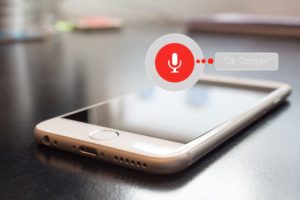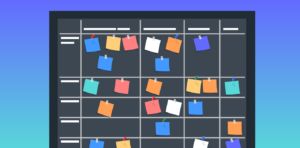COVID-19 has affected millions of lives globally and put a halt on the world’s economy. The pandemic has engulfed the countries and forced governments to take extreme measures. Scientists have not succeeded in discovering the vaccine yet; however, many governments are lifting the bans and resuming regular activities.
“Lockdown may have ended, but medical experts say that people need to be cautious as the chances of catching a virus are still eminent.”
However, the rule of nature is that nothing stops with the setbacks. People have started looking for ways to resume their lives, and many have successfully adjusted to a new normal. Learning activities are no exception. Due to the administered lockdown, libraries, laboratories, playgrounds, and teaching institutions also closed down.
Initially, it seemed like learning has also come to a halt, but with time people have devised new ways of continuing their education. Still, many are struggling to adapt to remote learning, as learning while being homebound seems like an alien concept to them.
The following are a few efficient ways that will help to support remote learning during these unfortunate times:
Online Access To Libraries
Due to the internet’s blessings, people can continue their education as many institutes are now offering online classes. Apart from online courses, the internet has also provided other resources, and people can do research, read, and gain knowledge on different subjects. Today, we have e-libraries where you can register online, either for free or with a nominal registration fee. Some online libraries allow you offline access after registration, and you can devour the books even without a connection.
Moreover, some e-resources, according to the net neutrality article, are provided free of charge to internet users. That has brought further ease and allowed people to continue learning and use internet resources without paying extra for services. Since most companies used to discriminate and charge separately based on user, content, platform, and application. But now, with the net neutrality principle, many e-libraries are welcoming users to benefit from their resources in COVID-19.
Synergize
When a group is working for the same goal, they must seek each other’s feedback and support it in all kinds of circumstances. Educational institutes had to switch their instructional practices overnight, and students and other staff members did not get enough time to adapt.
However, after spending months now, people have a grip and can assist each other better. Educators and students need to be on the same page, and this can happen when they realize that they are in this together. Synergizing with the right intentions can give remarkable results with minimum efforts and in less time.
“Giving each other room for errors and being the source of motivation during these testing times is an effective way of synergizing while learning together.”
Flexible Spaces/ Various Techniques
In the traditional setup, students study in classrooms. In a virtual setting, you can gain knowledge anywhere, even at home. Since flexibility supports active and engaging learning environments as it facilitates a massive range of learning and teaching modalities. In virtual settings, you have limited options, but as a teacher, you can alter your pedagogies and give your students the liberty to participate in discussions.
Allow students to brainstorm, inquire, share, and think outside the box while engaging in online classes. On the other hand, students need to understand the limitations and stay in bounds. When teachers and students are on camera, they can try out different seating arrangements, and it will not give them a monotonous feeling.
Realistic Goals And Expectations
Students and teachers should realize that remote learning cannot be a replica of traditional education. Thus, expecting the same techniques, productivity, and results is like living in a fool’s paradise. In-person learning atmospheres students can have a longer concentration span and can focus on the lesson. But, students find themselves unable to concentrate on the screen for more extended periods.
Teachers can divide their entire course in chunks and use engaging wholesome teaching techniques so that they can hold students’ attention. Learning through games has proven to be an effective teaching strategy, and playing games virtually can be a right way of reinforcing learned concepts in remote learning scenarios. Educational leaders should have realistic expectations and strive hard to meet them.
Discipline And Hygiene
One of the drawbacks of remote learning is that neither students nor teachers find the motivation of indulging in learning activities. Disciplining oneself becomes challenging in the absence of conventional learning setups, yet it is crucial to success. Punctuality and regularity are mandatory, and teachers should have ways of checking up on students and keep track of their work.
Hygiene has always been a vital aspect of education, but Coronavirus has brought it to the forefront. During teaching, teachers can give students reminders about being mindful of hygiene and understand the importance of maintaining social distancing.
“Staying healthy needs to be on top of everyone’s priority list, and teachers must make it a part of their lessons to reinforce the importance.”
Conclusion
COVID-19 pandemic is going to last long, and experts have predicted that the world will feel its repercussions even in the next decade. People are going about their experiences while abiding by the new set of rules. Initially, it seemed like learning and education have come to a halt, but now it is resumed, and we hope that the tips mentioned above will enhance your remote learning during this time.
Also, Read Controlling the Spread of COVID-19










